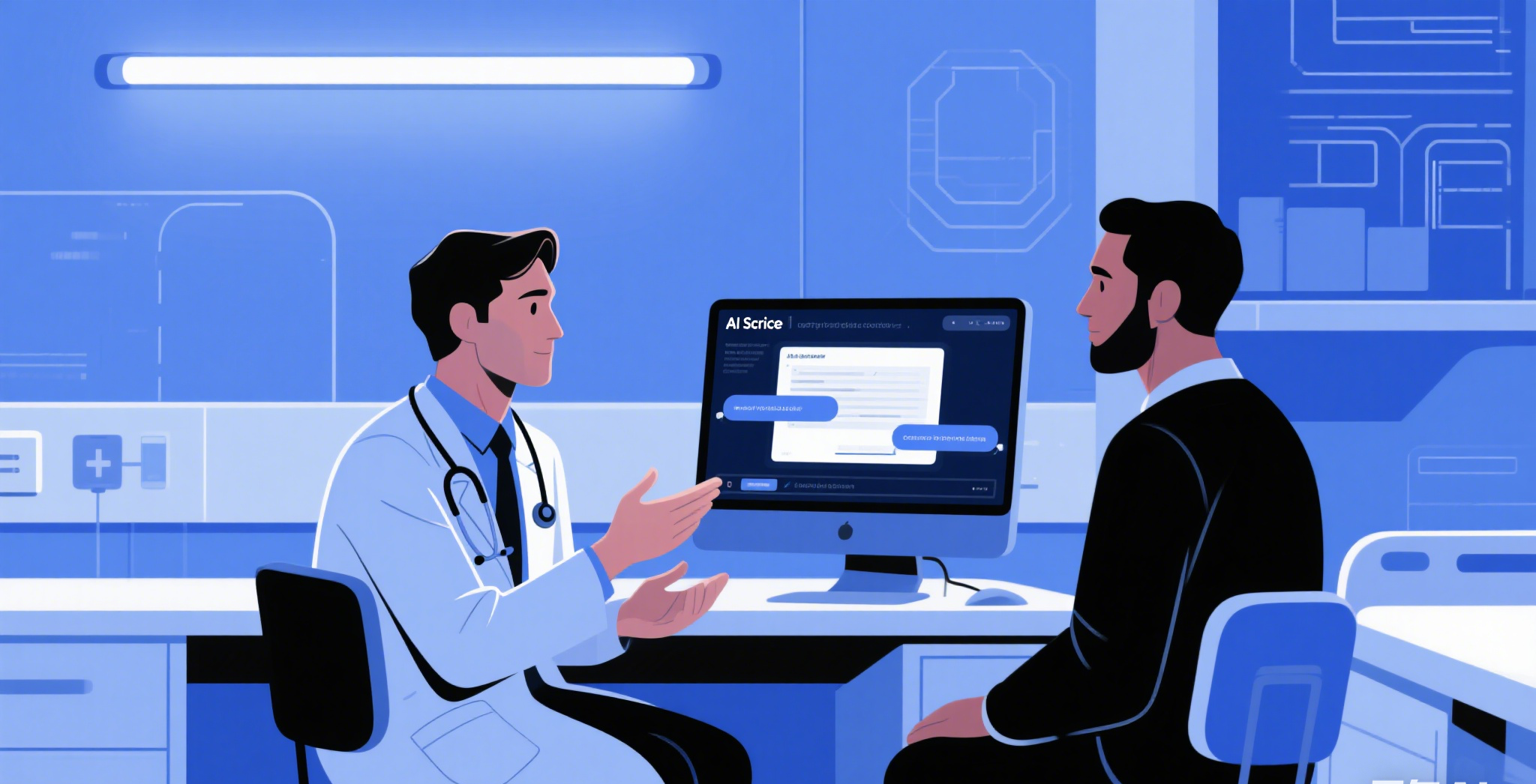
Al Transcription Software: Bridging Multilingual Communication in Healthcare
Al Transcription Software: Bridging Multilingual Communication in Healthcare
In a world where healthcare providers increasingly serve diverse patient populations, the ability to bridge language barriers is more important than ever. Al-driven medical transcription software is stepping up to meet this challenge, offering powerful multilingual capabilities that ensure accurate and efficient communication between doctors and patients, regardless of the language spoken.
Multilingual Support in Al Transcription
Advanced Al transcription tools like Microsoft Azure Al and Nuance Al are now equipped with robust multilingual support, enabling healthcare providers to capture and document conversations in multiple languages seamlessly. These systems use sophisticated natural language processing(NLP) algorithms that can understand and transcribe medical terminology accurately,even in languages other than English.
For example, Microsoft Azure Al supports over 70 languages, allowing healthcare providers to record patient interactions in their native language and automatically generate structured medical notes in the desired output language.This capability is particularly crucial in regions with diverse linguistic backgrounds, such as Europe, Asia, and North America, where patients may speak a variety of languages.
Real-Time Translation and Contextual Understanding
One of the standout features of these Al tools is their ability to provide real-time translation and contextual understanding. Unlike traditional translation methods, which often struggle with medical jargon and context, Al transcription software can accurately interpret and transcribe complex medical terms and phrases. This ensures that critical information is not lost in translation, leading to more accurate diagnoses and better patient outcomes.
For instance, Nuance Al uses advanced machine learning models to understand the nuances of medical conversations in multiple languages. It can differentiate between similar-sounding terms and provide contextually accurate transcriptions, even in challenging scenarios such as emergency departments where time is of the essence.
Enhancing Patient Experience and Care Quality
By breaking down language barriers, Al transcription software not only improves communication but also enhances the overall patient experience. Patients feel more comfortable and understood when they can communicate in their native language, leading to better engagement and trust.This, in turn, contributes to higher patient satisfaction and improved clinical outcomes.
Moreover, the ability to generate structured medical records in multiple languages ensures that
healthcare providers have a comprehensive and accurate understanding of each patient’ s medical history, regardless of the language used during the consultation. This is particularly important in global healthcare settings where patients may travel across borders for medical treatment.
Looking Ahead: The Future of Multilingual Al in Healthcare
As Al technology continues to advance, we can expect even more sophisticated multilingual capabilities in medical transcription software.Future systems may include real-time, bidirectional translation, allowing doctors and patients to communicate seamlessly in their preferred languages. Additionally, these tools may integrate with electronic health records(EHRs) to provide instant access to multilingual medical information, further enhancing the efficiency and accuracy of healthcare delivery.
Conclusion
Al-driven medical transcription software is transforming healthcare by bridging the gap between different languages. With robust multilingual support, real-time translation, and contextual understanding, these tools are enhancing communication, improving patient experiences, and ensuring high-quality care for diverse patient populations. As we look to the future, the potential for Al to further revolutionize multilingual healthcare is both exciting and promising.